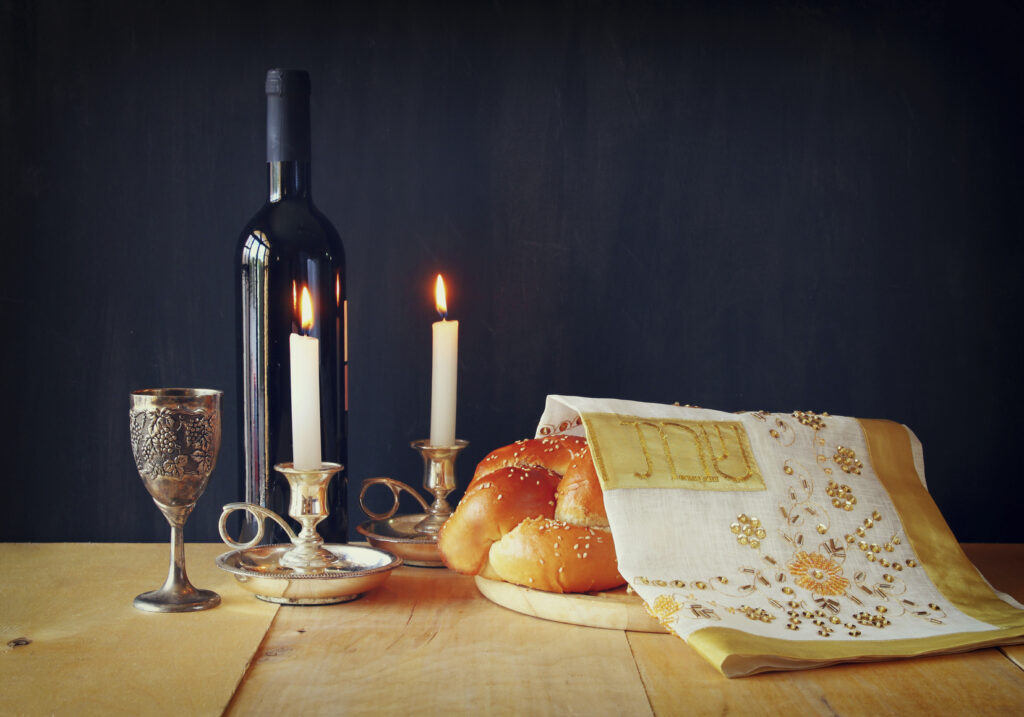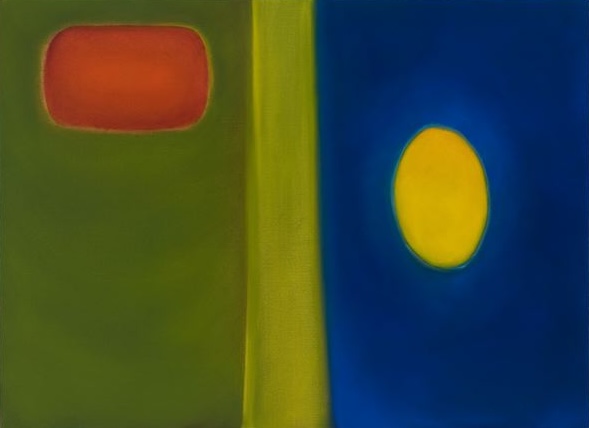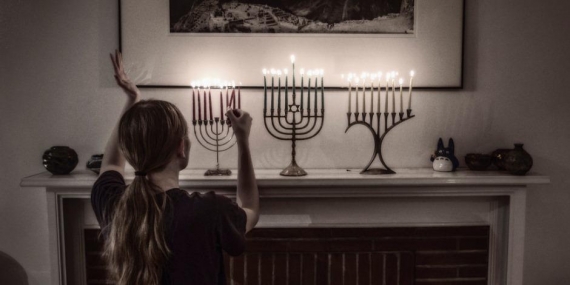Judith Kaplan Eisenstein, 1910-1996
It was a sunny day early in May of 1922. My two grandmothers, rocking gently in chairs provided for their especial comfort in our house, communed in Yiddish. Their conversation was not intended for my ears, but since Grandma Rubin was slightly hard of hearing, and since both were moved by intense emotion, I could eavesdrop without any difficulty.
“In-law,” said my mother’s mother, “Talk to your son. Tell him not to do this thing!”
“Mahateineste (in-law),” said Grandmother Kaplan, “you know a son doesn’t listen to his mother. You talk to your daughter. Tell her to tell him not to do this thing!”
And what was this terrible deed which my father was about to perform, and which they both sought uselessly to prevent? He was planning to present me in a public ceremony in synagogue as a bat mitzvah.
The synagogue was the newly founded Society for the Advancement of Judaism. It had held services for only a few months when this new and dire occasion was contemplated. I was midway between my twelfth and thirteenth birthdays. At the time of my twelfth birthday, the age at which Jewish law recognizes a girl as a woman, subject to the mitzvot (commandments), there had been no synagogue where such a ceremony could be conducted. This was my father’s first opportunity to put into practice one of the basic tenets of his then yet unnamed philosophy of Reconstructionism, namely, the equality of women in all aspects of Jewish life.
It would be less than the whole truth to say that I was as full of ardor about the subject of this ceremony as my father was. Oh, to be sure, I passionately espoused the cause of women’s rights. Let us say that I was ambivalent (a word that had not entered the common vocabulary at that time), being perfectly willing to defy the standards of my grandmothers, pleased to have a somewhat flattering attention paid me, and yet perturbed about the possible effect this might have on the attitude of my own peers—the early teenagers (that word, too, was not yet in the vocabulary), who even then could be remarkably cruel to the “exception,” to the nonconformist.
Everything else was in readiness. Invitations had been sent to family and friends for a party in our home on Motza-ei Shabbat (the evening following Sabbath). I had asked only one or two close friends in addition to my fellow members in the Yarmuk Club (a Hebrew-speaking club of girls who met in the Central Jewish Institute). The “club” could be depended on for sympathetic support, regardless of their precocious propensity for questioning all religious observance.
Everything was in readiness except the procedure itself. On Friday night, after Shabbat dinner, Father took me into his study and had me read aloud the blessings which precede and succeed the Torah readings. How severely he corrected my diction!…
The following morning we all went together, father, mother, disapproving grandmothers, my three little sisters and I, to the brownstone building on 86th Street where the Society carried on all its functions. Services were held in a long narrow room which led into a wider and more spacious one. In the wider room was the bimah (platform) with the Ark. The men of the congregation sat in that room and up one-half of the narrow room. Women’s rights or no women’s rights, the old habit of separating the sexes at worship died hard. The first part of my own ordeal was to sit in that front room with the men, away from the cozy protection of mother and sisters.
The service proceeded as usual, through shaharit (morning prayers), and through the Torah reading…l was signaled to step forward to a place below the bimah at a very respectable distance from the scroll of the Torah, which had already been rolled up and garbed in its mantle. I pronounced the first blessing, and from my own Humash (Five Books of Moses) read the selection which Father had chosen for me, continued with the reading of the English translation, and concluded with the closing brakhah (blessing). That was it The scroll was returned to the ark with song and procession, and the service was resumed. No thunder sounded, no lightning struck. The institution of bat mitzvah had been born without incident, and the rest of the day was all rejoicing.
Judith Kaplan Eisenstein, a daughter of Mordecai Kaplan and wife of Ira Eisenstein, was a prominent musicologist. This article is reprinted from Eyewitness to Jewish History, Vol. 4, edited by Azriel Eisenberg (UAHC).













